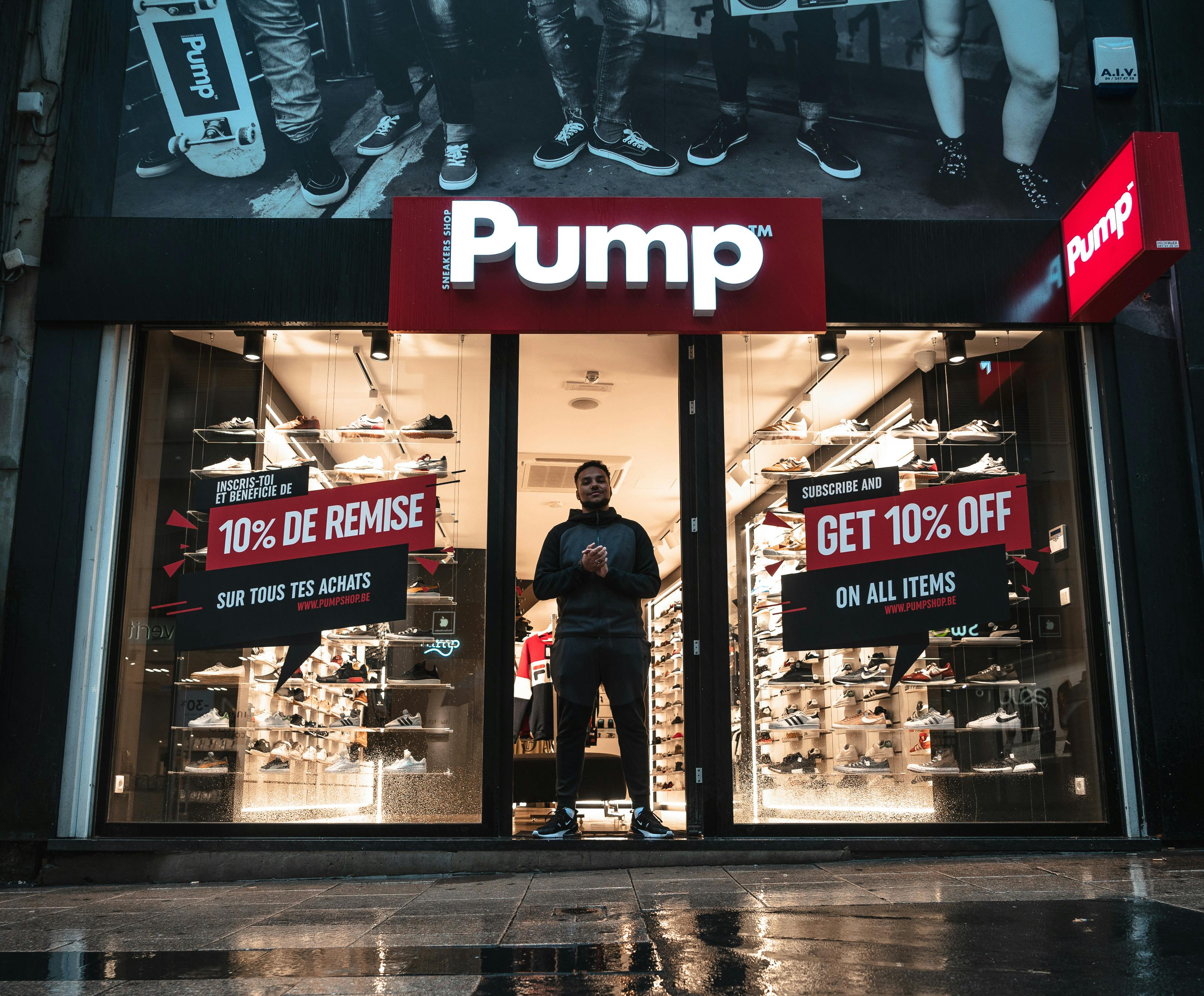Local Business SEO is: an Internet marketing strategy that applies the methodology of 4 distinct but interrelated disciplines, in order to achieve the goal of increasing the volume of demographically and geographically “targeted” niche traffic to the pages of local business websites. local businesses. This strategy is driven by the “Local Business Organic Listing” search engine and organic (non-paid) search results.
Local SEO search results goals for both local business listings and general listings are achieved through natural or unpaid (“organic”) methods. (Not to be confused with search engine marketing (SEM), which is intended to accomplish the same goals but uses “paid advertising” methods rather than “unpaid advertising” methods to generate traffic from search engines ).
Using SEO to target your market (niche): As an Internet marketing strategy, SEO considers how search engines work, as well as what and how Internet users search for their topics of interest.
Optimizing website pages primarily involves creating or editing a website’s page content, markup language, and associated coding to increase its relevance to specific keywords that a target market may search for and to remove keywords. barriers (critical coding errors) to website indexing activities. of search engines.
On-Site and Off-Site Optimization (Direct and Indirect Control)
There are 4 things a site owner or outsourced SEO expert can control that will have a direct effect on a page’s search engine results positions (SERPs) for the primary keywords on a given page. Three of the following disciplines can be controlled directly by an optimizer or site owner. The latter can only be controlled by the site owner.
direct control
Effective coding for search engines:
The more you streamline the coding of a web page, the easier it is for a SEARCH ENGINE SPIDER to scan/spider and index a web page in a search engine database. Semantically marking all client-provided content to be as responsive and accessible to search engines as possible is one of the “best practice” fundamentals I always employ.
Measured keyword relevance and distribution:
Page titles, H1, H2 and H3 header lines should be relevant to the keywords. The body content should not only be well-written, interesting to the reader, and informative, but should also include keywords and phrases relevant to the topic of the pages. For local business sites, keywords should be coded/tagged for geo-targeting of the region, state, city, town, and zip code areas where the business is located.
Typically, the client will provide the text copy for their web pages. If you require guidance in developing quality keyword relevant text content with an allowable density for your web pages, I am of course available for consultation and can offer e-courses on the subject that can help you with your Writing. Obviously, if the client prefers that I write the text content for their site, copywriting fees apply.
Since “local” business websites can gain additional exposure through search engines through “Local Business Listings”, it is also imperative that local business owners register their business websites on the listings of local businesses from major search engines such as Google Maps. These systems offer numerous opportunities to appear higher in local listings than your competition. These opportunities deserve serious investigation for every search engine to take advantage of having your site easily found by local customers in local listings.
Link building:
Internal links are how your site’s links allow navigation of your own content from page to page and within pages. Links within a website basically create a hierarchy, which search engines evaluate. The internal link structure of a website has to make a logical structured sense to a search engine spider.
Internal link structure refers to all the links within your website. The spiders look at which pages are linked to each other and which are not, keeping track of the link popularity of each page. The internal linking algorithm follows some of the same rules that govern Page Rank. Sites that don’t have a clear hierarchy in link structure generally don’t rank well in SERPs. Some would argue that internal links can be just as important, and in some cases more important, than inbound referral links from popular sites.
indirect control
Incoming referral links (sometimes called “backlinks” or “referral links”):
Inbound links from popular sites (also known as referral links to a site or web page) will carry the most weight in search engines for the foreseeable future. Inbound links are something a site owner may have direct control over using certain inbound link strategies, but for the most part they have limited control over inbound links. Why? Whether or not Site Owner B of a potential referring site is willing to link/refer to Site Owner A’s site or not is up to Site Owner B.
However, links can be exchanged (called reciprocal links) or purchased from other websites that specialize in link sharing (called link farms). However, these are usually low-quality (unpopular) websites, which don’t count for much in improving page rank in the SERPs. Companies like Google, Yahoo, ASK and BING are aware that this happens and take it into account to prevent people from gaming the system. Your site may even get blacklisted if you associate with these sleazy link sellers. If you want others to link to you, you need to provide them with a quality content based website that they will want to link to.
Between onsite and offsite search engine optimization for better organic search result listings, offsite will require more time and effort, but will pay more dividends in the form of better search engine result positions. Still, not taking the relatively little time to do proper on-site optimization can seriously diminish even the most effective one-way or inbound referral link acquisition campaign.
